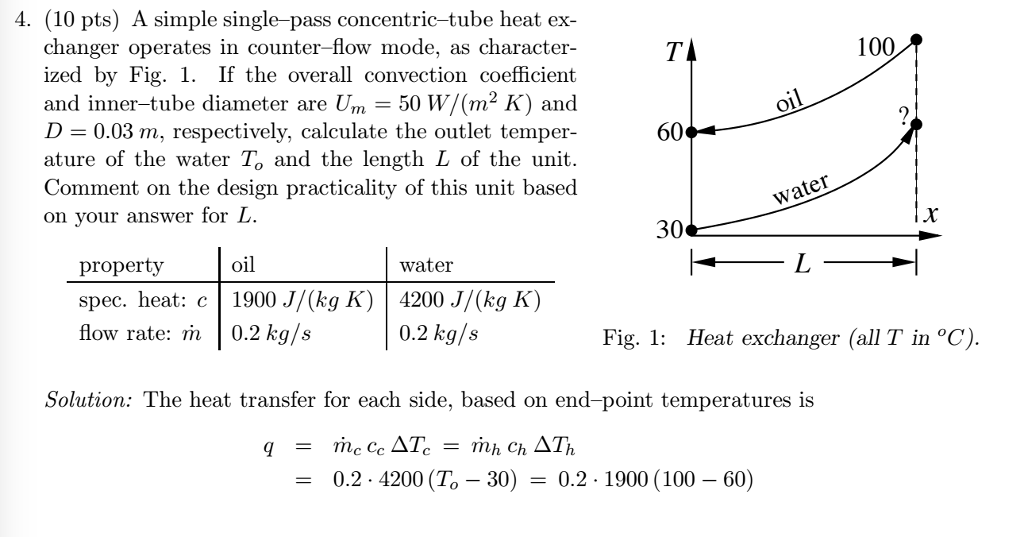In a parallel flow exchanger both fluids in the heat exchanger flow in the same direction.
Counter flow heat exchanger equations.
You can then use this model to simulate the heat exchanger performance and to verify if it will meet your.
We combine these two types together with an index n to indicate the flow direction of fluid 2.
So there is no analytical formula for their effectiveness but just a table of numbers or a.
For a parallel flow heat exchanger n 0 and for a counterflow heat exchanger n 1.
In the parallel flow arrangement of figure 18 8 a the hot and cold fluids enter at the same end flow in the same direction and leave at the same end.
A counter flow heat exchanger is one in which the direction of the flow of one of the working fluids is opposite to the direction to the flow of the other fluid.
The most common arrangements for flow paths within a heat exchanger are counter flow and parallel flow.
For counter current flow heat exchanger with.
The simplest heat exchanger is one for which the hot and cold fluids move in the same or opposite directions in a concentric tube or double pipe construction.
Consider a parallel flow or counterflow heat exchanger consisting of fluid 1 fluid 2 and the wall separating these two fluids.
The effectiveness ntu relationships for crossflow heat exchangers and various types of shell and tube heat exchangers can be derived only numerically by solving a set of partial differential equations.
The heat exchanger design equation can be used to calculate the required heat transfer surface area for a variety of specified fluids inlet and outlet temperatures and types and configurations of heat exchangers including counterflow or parallel flow.

